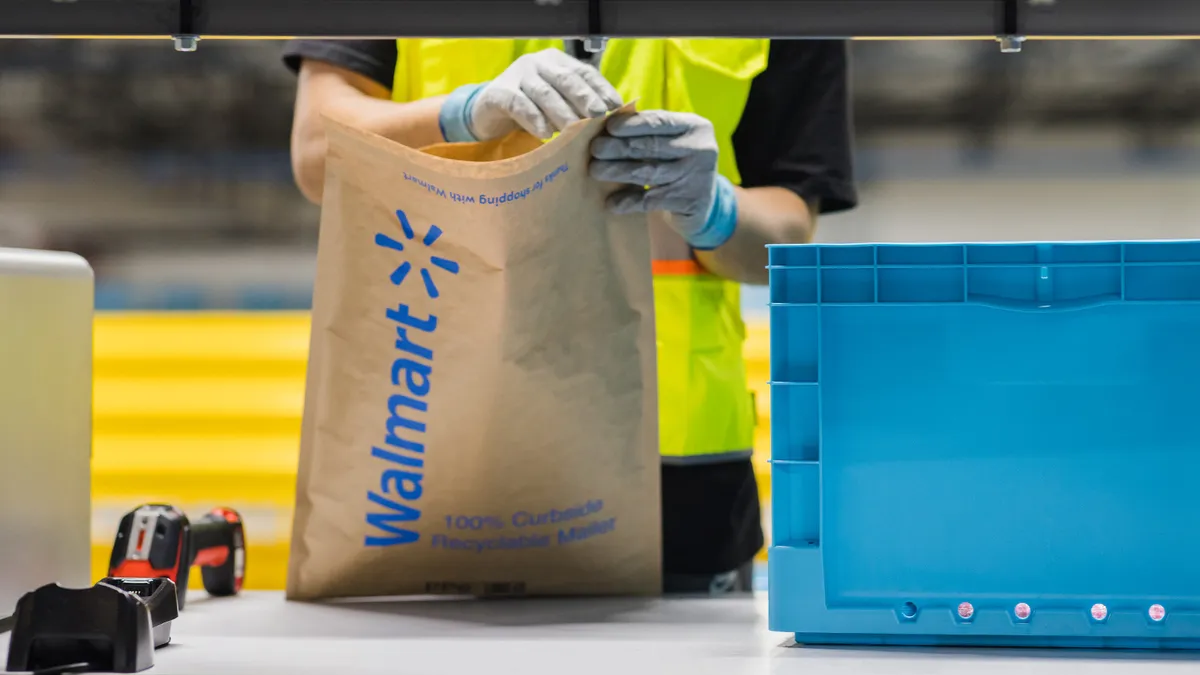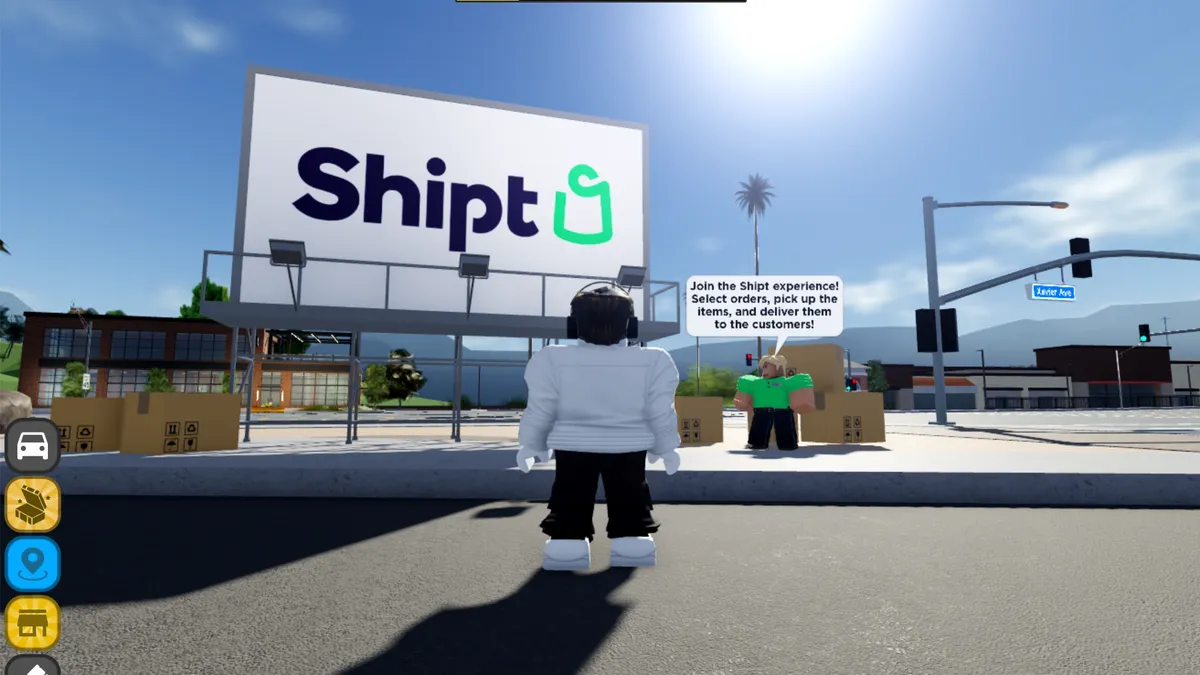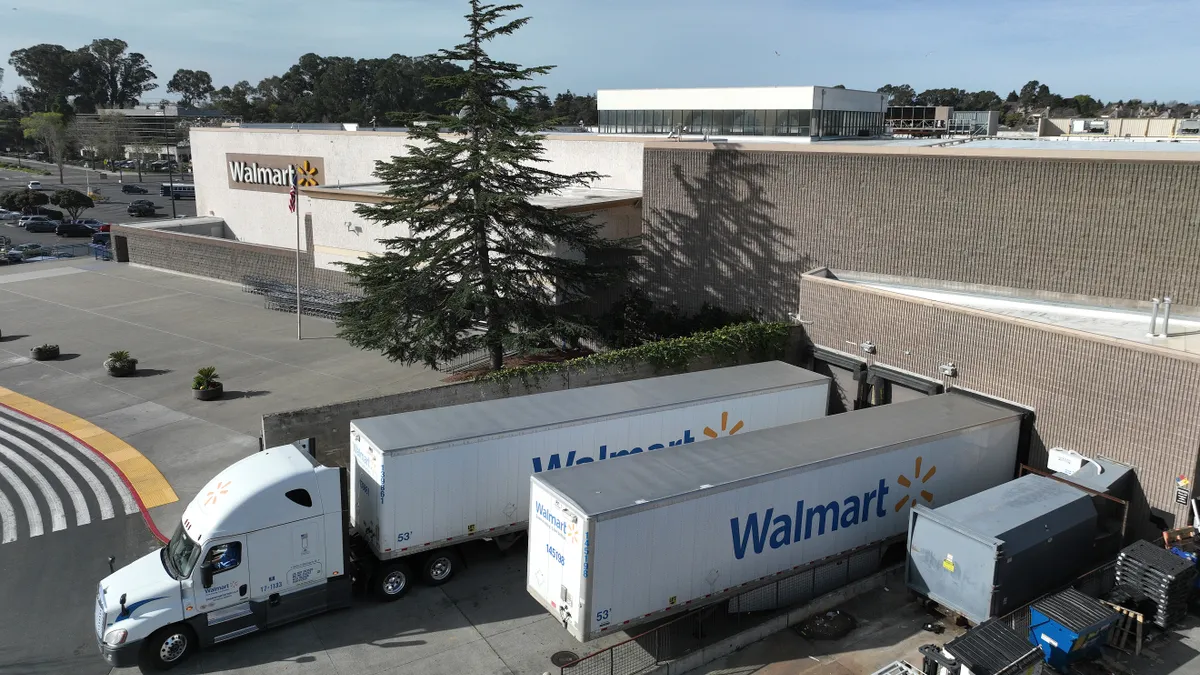Late Friday, after nine months of work slowdowns and eventually stoppages at West Coast ports, the International Longshore & Warehouse Union and the Pacific Maritime Association announced a tentative agreement. The news was a huge relief for retailers, which have increasingly felt the situation reflected in their bottom lines.
So what's been going on? And where do retailers go from here?
Summertime, and the living was (still) easy
At first, when dock workers’ contracts expired last summer, the labor contract negotiations were described by both sides as friendly and characterized as humming along.
When the June 30 deadline passed, the International Longshore & Warehouse Union agreed to work without a contract. Both the union and the Pacific Maritime Association expressed a willingness to find agreement. Delays were expected, but no one seemed worried.
But as the negotiations dragged on and broke down since those halcyon July days, many businesses dependent on shipping operations at 29 West Coast ports increasingly suffered ill effects.
Starting at the end of last year, the slowdown began showing up in more and more retailers’ earnings reports as a factor hurting inventory, logistics, and sales; most recently Wal-Mart Stores Inc. Lululemon, Ann Inc., and others have also noted that the slowdown hurts because their goods are stuck at the ports. Lululemon, for example, reported in December that it has one million units in limbo there.
Throughout this process, the unions are quick to point out that it’s been the shippers shutting down operations (the union hasn’t gone on strike since 1971), while shippers say that work had slowed to the point of “severely diminished productivity.”
The Presidents' Day holiday in particular meant that workers would be paid premium rates, and shippers were having none of that. That work stoppage, plus the ongoing delays, precipitated the involvement of West Coast governors, mayors, members of Congress, and, as of Feb. 17, members of the Obama Administration. That finally led to the tentative agreement reached Friday.
On Saturday evening, for the first time in nine months, shipments were finally being handled by a full dockside workforce and at full speed.
Now what?
The impact: 'enormous' consequences
The 29 ports from Washington state to southern California handle almost half the sea trade in the country, and more than 70% of Asian imports, putting severe kinks in retailers’ supply chains.
U.S. Department of Commerce secretary Penny Pritzker urged a resolution to the impasse, citing “enormous” consequences not just to the economy, but also to the country’s trade with Asia. According to the National Retail Federation and the National Association of Manufacturers, a 10-day shutdown could deliver a $2 billion blow to the overall economy each day.
The situation has underscored the economy’s and retailers’ dependence on imports manufactured elsewhere; there are now twice as many goods coming into the West Coast ports since the last work stoppage in 2002.
And the agreement means that retailers will largely escape the $7 billion loss further slowdowns could have costs them this year, according to estimates by retail analyst Frank Layo at consulting firm Kurt Salmon.
Actually, not all retailers have felt the same pain. Fast-fashion retailers have been especially vulnerable because of their dependence on constant shipments. But discount consolidators like TJ Maxx or Burlington may benefit from the resulting inventory pileups, according to investment firm Cowen & Co.
Finally, a breakthrough
In an era when unions are generally thought to have lost most of their once-mighty muscle, the International Longshore & Warehouse Union is a small yet formidable union, experts say. The union represents some 20,000 dock workers who have singular skills in an important gear in the economy’s works.
"They have unique skills that aren't easily replaced," said UCLA Luskin School of Public Affairs professor Goetz Wolff, an expert on labor and economics, told the Los Angeles Times. "They're not going to roll over and play dead.”
At issue was not so much wages, which range, are considered livable, and which the shippers have agreed to raise 3% a year. The dispute concerns benefits somewhat, but especially work guarantees. As with many retail employees, many dock workers would like more than part-time work in order to make a living. Many of those details were worked out in that agreement, sources say.
But the real sticking point has been the use of “neutral arbitration” stemming from an earlier agreement between the union and the shippers that was designed to resolve non-contract disputes, often related to technology used to replace dock workers and other work-guarantee issues. The union is maintaining that the arbitration has hardly been neutral and are insisting that one arbiter in particular — David Miller — be fired.
“It seems crazy,” Sen. Patty Murray (D-WA), one of many politicians involved in ramped up negotiations that began Feb. 17, said on Friday when a deal still seemed elusive. “It’s just one issue, one person, and everybody else looking in thinks this is solvable.”
But the Pacific Maritime Association wasn't budging on Miller's removal and wouldn't agree to any change of rules that could get rid of him or alter the process he oversees. As of press time, there was no word on what happened with that particular issue in the agreement, which must still be approved by a union vote.
What retailers can do
Wal-Mart Stores CEO Doug McMillon said during the company's Feb. 19 earnings report conference call that the retailer had factored the impact of the port slowdowns in its outlook and is moving more goods through Texan and East Coast ports.
"This isn't the first time" the retailer has had to alter logistics to accommodate delays at West Coast ports, McMillon said. "We may have to make further adjustment if the issue persists.”
It takes foresight and resources to switch away from using these West Coast ports, but an increasing number of retailers have been doing that in the past several months. Some have diverted goods to Texas, Mexico and Canada, and through the Panama Canal. Some have also used air freight, an expensive option that is adding to retailers’ costs over the issue.
"We continue to hear from our members who are facing challenges with the ongoing slowdowns [and] congestion at the West Coast ports," NRF supply chain and customs policy expert Jon Gold told CNBC. "Even if a contract was settled today, it will still take them 45-60 days, at a minimum, to clear out the backlog that currently exists. We have definitely heard from more and more members who are looking to shift cargo away from the West Coast ports."
Indeed, because of that immense backlog, many of the costs to retailers remain to varying extents even with the agreement.
The breakthrough
U.S. Labor Secretary Tom Perez Feb. 17 went to San Francisco to lead the talks at President Barack Obama’s request. Perez set a deadline of Feb. 20, which led to the tentative agreement. Sources said Perez had told both sides that the talks would move to Washington, DC if they went past Friday.
He may have meant that literally, although some speculated that he meant that the Taft-Hartley Act could come into play. In 2002 President George W. Bush invoked the 1947 law—which authorizes the President to reopen the ports during a strike or lockout if it's deemed necessary to promote the full flow of commerce—after shippers had locked out workers for 10 days.
That may have helped move the ball.
“This is now in the rear-view mirror,” Perez said late Friday. “A significant potential headwind for this economic recovery has been removed.”















